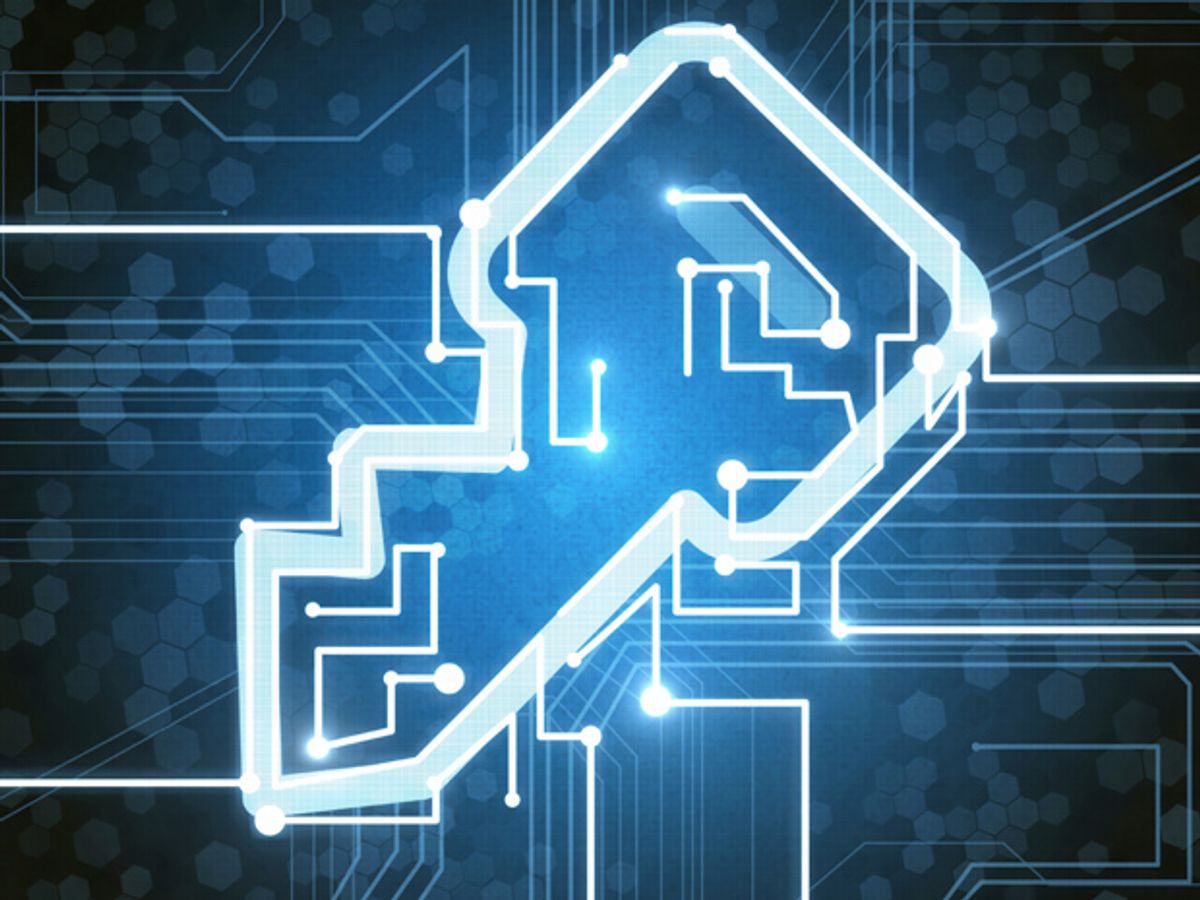Researchers at the University of Toronto and the Nippon Telegraph and Telephone Corporation (NTT) in Japan have suggested a new method for extending the distance over which current and future quantum networks can transmit photons encoded with encryption keys. They published their research in the 15 April issue of Nature Communications. The proposal was also the subject of an extended communiqué released by NTT the same day.
The most secure type of encryption devised to date is Quantum Key Distribution. It keeps data secure by sending series of entangled photons via a quantum network to receivers that allow, by detecting the polarization of these photons, the creation of a key for deciphering a message that has been sent via a conventional data link. The security is based on a fundamental quantum mechanical property: Any action taken to detect the quantum state of the photons as they make their way to the receiver will change their quantum states, which will be noticed by the users.
This method’s major drawback is that more than 90 percent of the photons traveling through optical fibers cannot be detected by the receiver if it is located more than 50 kilometers from where the entangled photons originated. Unlike digital signals traveling through optical fibers, a stream of photons carrying quantum information cannot be amplified; each photon with its quantum state has to be recreated by quantum repeaters.
The quantum repeaters envisioned up to now would contain matter quantum memories made up of qubits that are atoms, atom ensemblies, or quantum dots that would store the quantum states of the incoming photons and retransmit them again. But they present a couple of problems. These repeaters would in fact be quantum computers, requiring cooling. Also, the act of processing the photons would slow down the communication flow, definitely an impediment for the future Quantum Internet. And above all, researchers expect that quantum computers will become available sooner than the more complex matter quantum repeaters.
But now the NTT-Toronto researchers have shown that long-distance transmission of quantum state information doesn’t require matter quantum repeaters at all. They’ve discovered an alternative: the optical quantum repeater, which allowed them to prove that photons do not have to interact with quantum matter memories at all. The optical repeater also helped change other longstanding dogma related to quantum data transmission. For example, the photonic components of optical quantum repeaters, such as linear optical elements (like beam-splitters) and photon detectors, do not require low temperatures as their counterparts do. Better still, the researchers note, these components have been tested and are already commercially available.
Because a practical repeater will not be a holdup, engineers expect to be able to expand quantum networks over long distances much sooner. “There's a lot of interest in the community around designing a Quantum Internet that will be more information-rich and more powerful. Our motivation was to design a means for communicating securely and reliably over long distances,” said Hoi-Kwong Lo of the University of Toronto in a press release.



